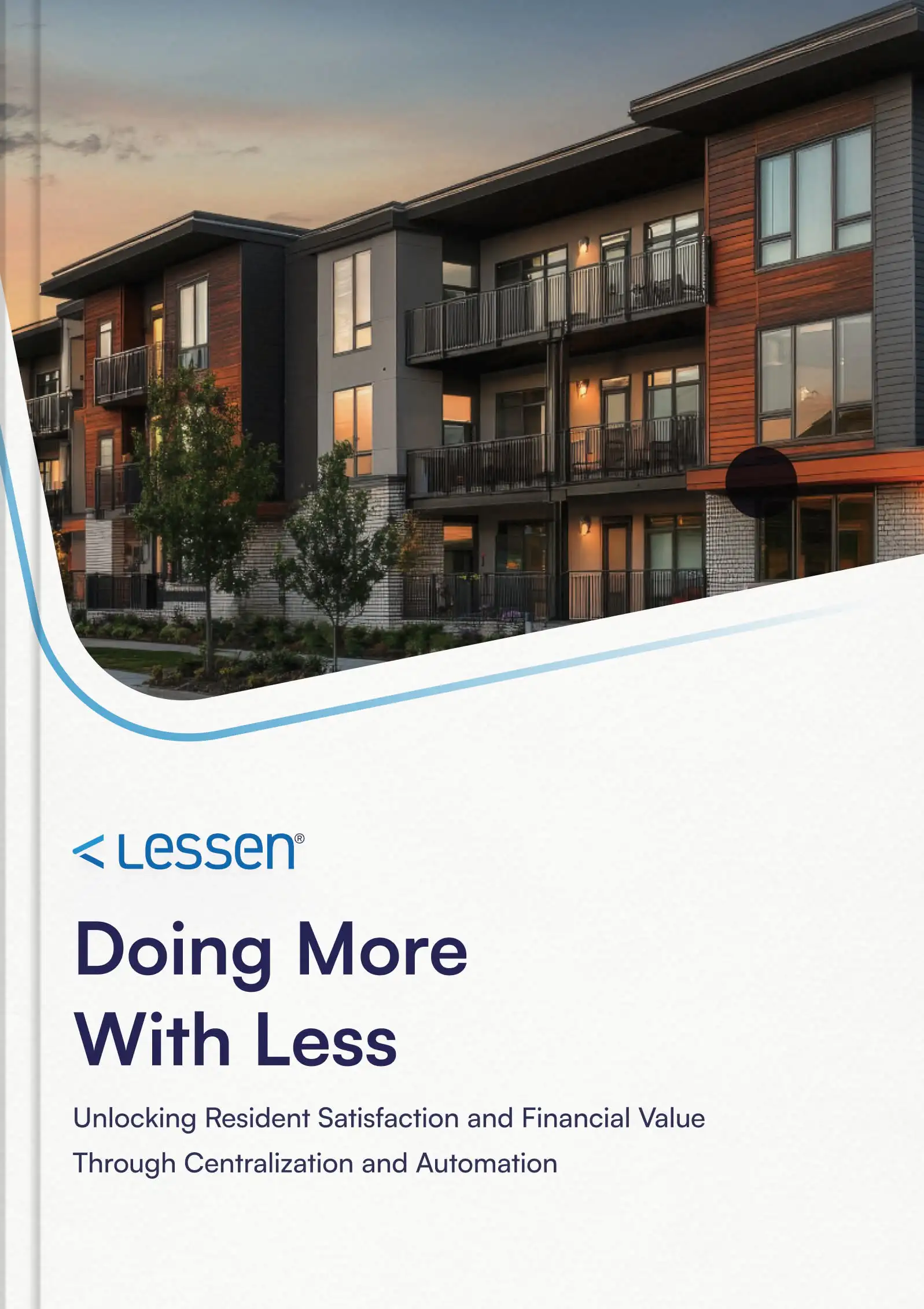Do your facilities reflect your company values?


Too often, businesses view facilities management as an afterthought, or as a merely reactive approach to everyday problems.
Done right, FM reflects a deep command of your organization’s strategy—and a nuanced understanding of the values that guide your business.
Here’s three ways to consider how your facilities program contributes to your company’s business goals and overall values.
Facilities can inform brand strategy
Your marketing and strategy departments have decided that your company should convert all manual entry doors to automatic ones. They’re going to be silent, contactless, and in line with current trends.
On the surface, it sounds appealing. But there are other factors to consider.
- Apart from the cost of installation, routine upkeep might prove time-consuming, expensive, and cause interruptions to normal location operations.
- Automatic doors expose your locations to the elements more often, leaking conditioned air and forcing your HVAC units to work harder, putting them under additional stress.
- The combined effects of new installation, continued upkeep, and added equipment stress could negatively impact capital budgets, per-location spending, and even customer trust.
Now, automatic door installations can be a sizable investment. Over time, the upkeep costs
Even a relatively small decision like automatic door installations could have long-lasting consequences on your budget, maintenance strategy, and brand perception.
Your facilities program can drive construction and design choices
From building blueprint to demolition, strategic facilities management problems present themselves at every stage in the life cycle of a building.
When expansion strategists plan for new business locations, they rely on facilities experts to pick building materials, spec interior design components, and position essential assets. Unique environmental and structural needs often impact the placement of important assets.
For example: Special weather conditions, material weight limits, regional zoning restrictions, and even company brand guidelines will influence the way your organization installs HVAC units.
Not all roof structures will support high-ton units, so they’ll have to be grounded, or replaced by a larger number of lower-weight units. And in some climates, a few high-ton units will cool the air too quickly, which leads to air that’s more damp, colder, and ultimately more uncomfortable.
These considerations will greatly impact the costs of maintenance and eventual repair. And therefore where and how your HVAC units are installed reveals itself to be both an engineering question and a facilities question.
Your facilities program can even offer insight into customer behavior
As the facilities maintenance industry continues to more closely integrate with the tech sector, facilities leaders are contributing new ways to help businesses better understand and serve their communities.
Internet of Things (IoT) devices have already made their way into the maintenance industry. Some facilities technology platforms integrate with smart building sensors that constantly collect and analyze data on building activity.
- Traffic sensors in door frames analyze entry frequency. Building managers can use data to monitor common area cleaning needs and even adjust staffing for seasonal coverage.
- Weight sensors placed under stacks of shopping baskets can help inventory managers better understand shopping preferences at different times, regions, seasons, and so on.
- CO2 sensors can estimate the number of people in a space and can signal HVAC systems to adjust airflow. Data gathered will help store managers understand the effectiveness of product placement, how aisle width impacts sales, and more.
Ecosystems of Internet-ready devices will only continue to exert their influence on facilities management. And by extension, the data gathered by emerging facilities technologies will help brands understand and refine the customer experience.
It’s so much more than the story of break and fix—facilities management is integrated into so many different aspects of your organization’s strategy and values, from construction and asset management to high-level strategy and customer experience. Why not work with an experienced partner who can tackle the complexities for you? Get in touch to learn more: weknowFM@smsassist.com.

- This is my list